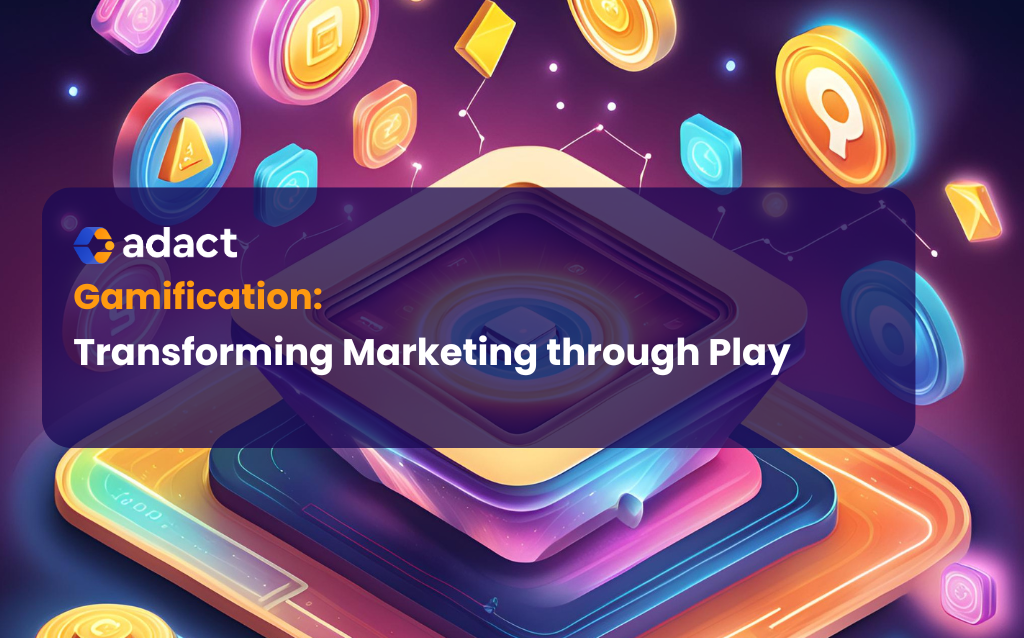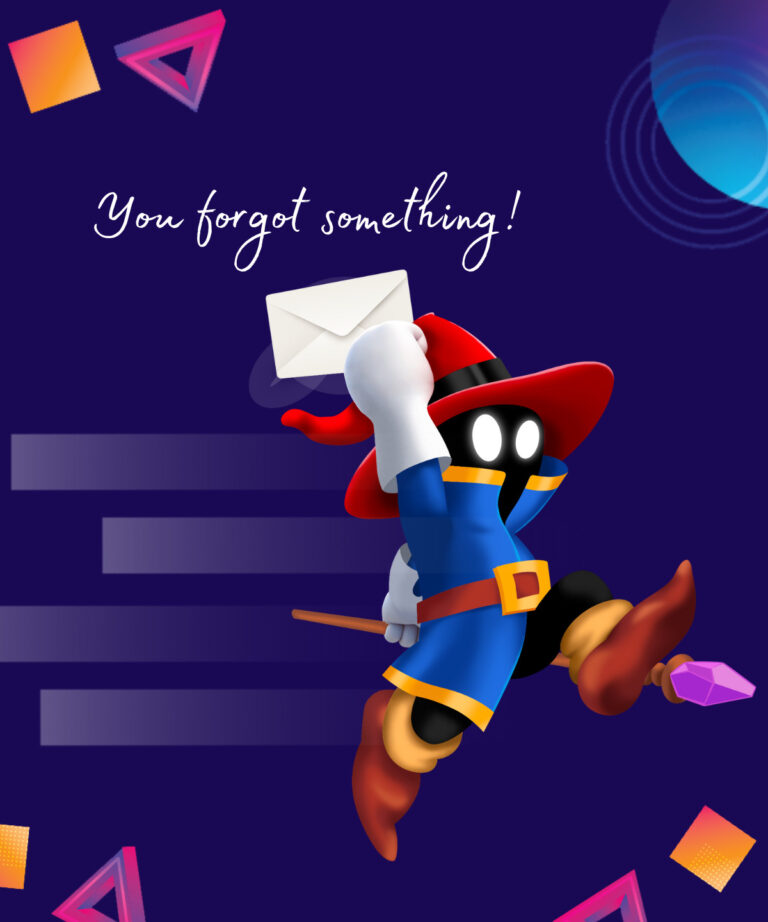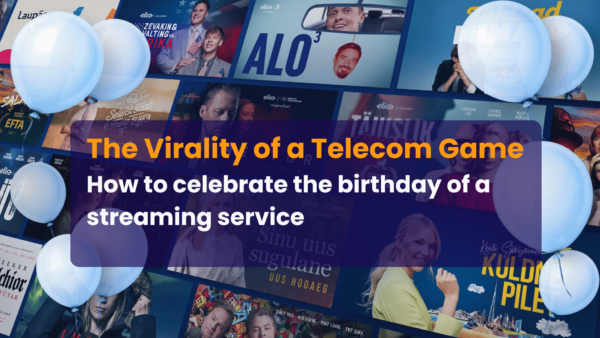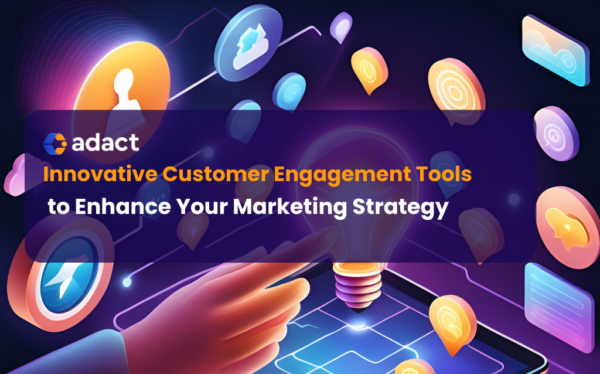What Is Gamification?
Gamification is the practice of integrating game mechanics and design elements into non-game contexts to engage and motivate people in achieving their goals. By tapping into intrinsic human motivations such as competition, achievement, and collaboration, gamification transforms mundane tasks into engaging and enjoyable experiences. It leverages the natural psychological drivers that make games compelling, such as earning rewards and progressing through levels, to promote user engagement and satisfaction.
According to OptinMonster, gamification in marketing utilizes these game principles to create captivating interactions with a brand, encouraging consumers to actively participate and connect with the brand’s narrative. This concept is increasingly employed in diverse fields, ranging from marketing and education to health and employee engagement, thanks to its effectiveness in capturing interest and driving desired actions.
Applications of Gamification in Business and Beyond
Marketing
In the realm of marketing, gamification is a formidable tool for enhancing customer engagement and fostering brand loyalty. By adding playful elements to marketing campaigns, businesses can craft memorable experiences that resonate profoundly with consumers.
- Increasing Brand Awareness: Through the use of gamified content such as quizzes, challenges, and interactive mini-games, brands can capture attention more effectively and increase their visibility. For example, interactive quizzes not only engage customers but also provide valuable insight into consumer preferences and behaviors.
- Boosting Customer Engagement: Gamified marketing encourages active participation, leading to longer site visits and higher interaction rates. When customers are actively involved, they’re more likely to develop a positive association with the brand.
- Driving Conversions: Reward systems that offer points, badges, or incentives for desired actions can significantly boost conversion rates. Such rewards motivate customers to engage in activities like signing up for newsletters or making purchases.
Starbucks provides a prime example of successful gamification through its loyalty program, where customers earn stars with each purchase that can be redeemed for free items. This program not only incentivizes repeat business but also enhances customer enjoyment and loyalty. To explore more successful implementations, check out these good gamification examples.
Education and eLearning
Gamification is revolutionizing education by making learning both more interactive and enjoyable. Platforms like Duolingo use levels, points, and challenges to incentivize learners, resulting in notably higher retention and success rates. This approach transforms the educational journey from a routine task into a rewarding adventure, maintaining student interest and enhancing learning outcomes.
For those interested in integrating gaming elements into online learning, the potential of gamifying eLearning opens new horizons for creating compelling educational content that can significantly boost learner engagement.
Employee Training and Engagement
In the corporate sphere, gamification enhances employee motivation and performance. By implementing structured leaderboards, badges, and reward systems, companies can encourage employees to hit targets and engage more deeply with their tasks. These systems foster a sense of competition and achievement, driving higher productivity and job satisfaction.
Many companies are turning to corporate gamification systems to gamify training, thus boosting employee skills in an engaging manner that aligns with the interests and aspirations of their workforce.
Customer Loyalty Programs
Gamification can greatly enhance the effectiveness of customer loyalty programs. By incorporating game elements, businesses increase engagement levels and encourage repeat purchases. Creative loyalty programs that reward consumers not only keep them coming back but also turn them into brand advocates.
To see how gamified reward systems can offer tangible benefits to your business, examine these gamification rewards examples.
Health and Wellness
Health and wellness apps like Headspace employ gamification to motivate users to build healthier habits. By offering achievable milestones and rewards, these apps make activities such as meditation more approachable and enjoyable, promoting consistency and long-term habit formation.
Impact on Marketing Strategies
Gamification exerts a profound impact on modern marketing strategies by:
- Enhancing Customer Engagement: Interactive elements transform marketing campaigns into memorable and enjoyable experiences, fostering deeper connections with audiences.
- Improving Conversion Rates: Gamified experiences drive customers to take action, whether subscribing to services or purchasing products, enhancing overall conversion metrics.
- Building Brand Loyalty: By providing value and entertainment, brands can forge strong ties with their consumers, leading to increased loyalty and retention.
- Collecting Valuable Data: Gamification facilitates the collection of insightful consumer data in an unobtrusive manner, offering brands a deeper understanding of customer preferences and behaviors.
- Encouraging User-Generated Content: Engaging games motivate customers to share their favorite experiences on social media, thereby amplifying the brand’s reach through organic word-of-mouth marketing.
How to Implement Gamification in Your Marketing
Implementing gamification in your marketing strategy doesn’t necessitate complex technology or exorbitant budgets. Here are practical steps to begin:
- Define Clear Objectives: Clearly outline your goals, whether it’s to boost engagement, increase conversion rates, or gather more customer insights.
- Choose the Right Game Mechanics: Select game elements that resonate with your target audience, such as badges, challenges, leaderboards, or point systems.
- Create Engaging Content: Develop interactive experiences that captivate your audience and add value to their interaction with your brand.
- Incentivize Participation: Offer compelling incentives like rewards, discounts, or exclusive content to motivate engagement.
- Leverage Gamification Platforms: Utilize platforms like Adact to design gamified marketing campaigns easily, without the need for any coding or design expertise.
For insights into choosing the appropriate tool, peruse some gamification platform software reviews.
Successful Gamification Examples
- Nike’s FuelBand: By tracking physical activity and rewarding users, Nike encourages a healthier lifestyle while simultaneously promoting their products.
- Adobe’s LevelUp: Designed to teach Photoshop skills, Adobe’s game challenges users to improve their proficiency, thereby increasing engagement with the software.
- Starbucks Rewards: Starbucks’ loyalty program not only incentivizes repeat purchases but also elevates customer satisfaction through gamified rewards.
For those looking to create engaging ways to collect valuable feedback, consider crafting gamified surveys that transform mundane surveys into exciting interactions for customers.
Frequently Asked Questions
What Is Gamification and an Example?
Gamification is the implementation of game-design elements in non-game contexts. A classic example would be a fitness app that awards badges for reaching specific workout milestones, thus motivating users to stay active.
What Are the Three Types of Gamification?
- Structural Gamification: Involves adding game elements around the existing content to boost engagement without altering the fundamental content.
- Content Gamification: Involves transforming content itself to enhance its engagement by making it more game-like.
- Serious Games: Entails designing games specifically used for education or training to convey learning objectives in an intuitive way.
What Is Gamification in eLearning?
Gamification in eLearning involves integrating game elements into educational content to increase learner engagement and motivation. This may include the student earning points, badges, ascending leaderboards, or overcoming interactive challenges.
What Is a Gamified System?
A gamified system incorporates elements of game design to elevate user engagement and motivation, assisting them in achieving their objectives through a structured and rewarding experience.
How Can I Gamify My Marketing Surveys?
Turning your surveys into engaging interactions can increase participation rates. Learn how to create captivating gamification surveys with fun and interactive questions tailored to your audience.
Conclusion
Gamification transcends being a mere buzzword—it’s a verified strategy to enhance customer engagement, drive conversions, and cultivate profound brand loyalty. By integrating game elements into your marketing initiatives, you create indelible experiences that differentiate your brand in a crowded market.
As one marketing expert articulates:
“Gamification transforms marketing from a monologue into a dialogue, making customers active participants in the brand story.”
If you’re ready to elevate your marketing strategy, explore how to create engaging business marketing games and boost customer interaction with Adact.
Let’s embark on a journey towards making your marketing more engaging and effective through gamification!
Schedule a demo to see how Adact can revolutionize your marketing campaigns.




